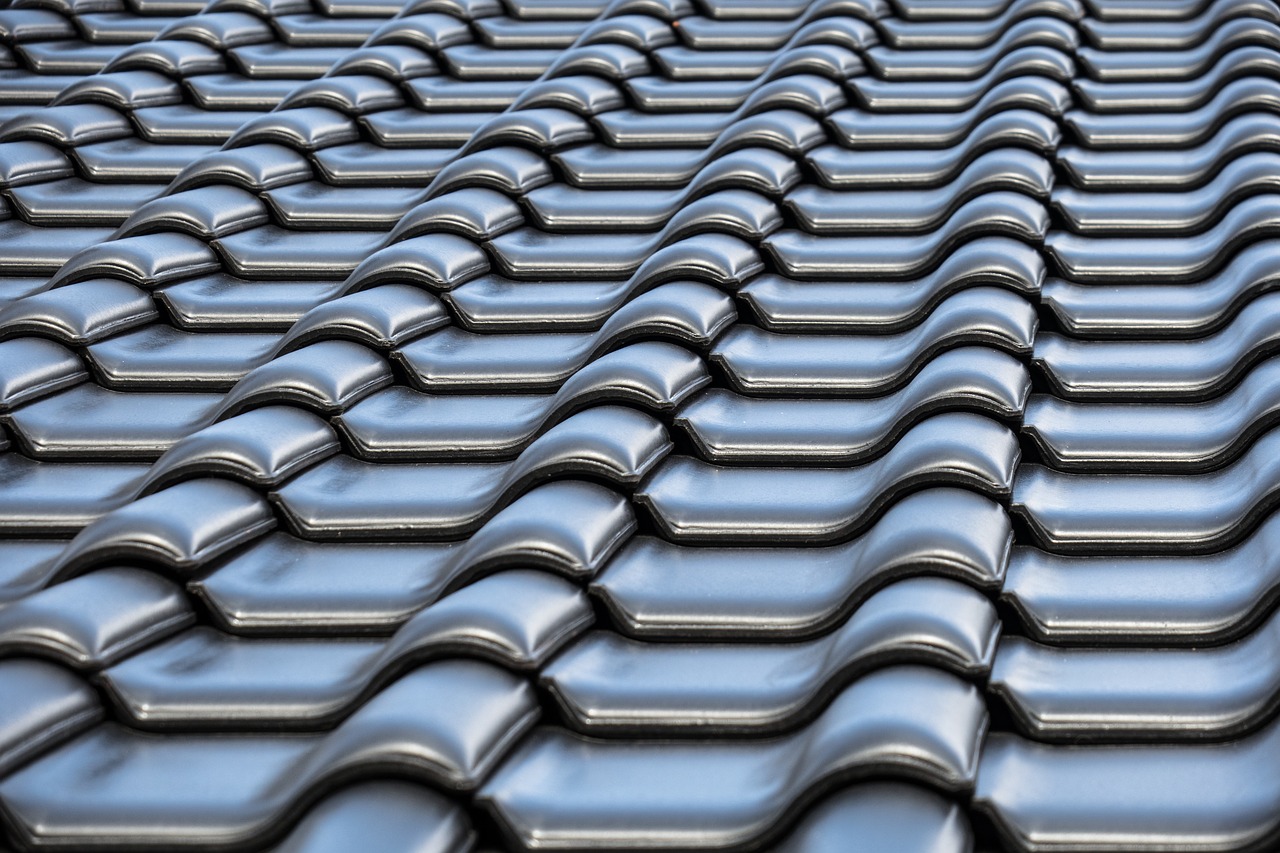
Roof protection stands as a fundamental component in safeguarding the integrity of buildings against the elements. A well-protected roof not only enhances the longevity and durability of the structure but also contributes significantly to energy efficiency and comfort within. Effective roof protection involves the selection of suitable materials, regular maintenance, and timely repairs. These measures prevent damage from environmental factors such as rain, snow, hail, and UV radiation, all of which can substantially weaken a roof over time. Moreover, roof protection is not merely about weatherproofing; it also encompasses fire resistance and the ability to withstand extreme weather events like hurricanes and tornadoes. As climate patterns shift and severe weather events become more frequent, understanding and implementing robust roof protection strategies becomes even more critical for homeowners and building managers alike, ensuring safety and reducing the likelihood of costly repairs or replacements down the line.
Roof Protection
Roof protection is a critical aspect of home maintenance and construction, ensuring that the structure remains safe from environmental damage, leaks, and other potential problems. A well-protected roof not only enhances the durability and longevity of a building but also contributes significantly to energy efficiency and overall property value. Roof protection involves using various materials and techniques designed to shield the roof from harsh weather conditions, debris, and other external factors that could lead to deterioration. These methods include applying protective coatings, using high-quality roofing materials, and ensuring proper installation and maintenance practices.
One of the most popular methods of roof protection is the application of specialized coatings that provide an additional waterproof layer over the roofing material. These coatings, often made from silicone, acrylic, or elastomeric compounds, are applied to form a seamless membrane that seals the roof against moisture infiltration, UV rays, and temperature fluctuations. Not only do these coatings extend the lifespan of a roof by preventing damage, but they also provide a reflective surface that can lower cooling costs by reducing heat absorption. Regular inspection and maintenance of these coatings are essential to ensure their effectiveness over time.
In addition to coatings, choosing high-quality roofing materials is a vital step toward effective roof protection. Durable materials such as metal, slate, or high-grade asphalt shingles offer superior resistance to harsh weather conditions and physical wear and tear. Metal roofs, for instance, are renowned for their longevity and resistance to fire, wind, and pest damage. Slate, although a more expensive option, provides exceptional durability and aesthetic appeal. Regardless of the material chosen, professional installation by reputable roofing contractors is crucial to ensure that the roof is properly secured and aligned to maximize its protective capabilities. Investing in quality materials and skilled labor upfront can result in significant savings over the lifespan of the roof by reducing repair and replacement costs.
Another crucial element of roof protection is ongoing maintenance, which includes regular inspections and prompt repairs of any identified issues. Homeowners should be vigilant about checking their roofs for signs of wear, such as loose or missing shingles, water stains inside the home, or visible sagging. Engaging professional roofing contractors for routine inspections can help identify potential problems before they escalate into more extensive and expensive repairs. Additionally, ensuring proper attic ventilation and insulation can alleviate undue stress on the roof structure, mitigating the risks of ice dams and mold growth that can compromise roof integrity.
Ultimately, effective roof protection is about combining high-quality materials, professional installation, and diligent maintenance. By prioritizing these aspects, property owners can safeguard their roofs against the elements, enhance the energy efficiency of their homes, and preserve their investments over time. As climate conditions become increasingly unpredictable, adopting proactive roof protection strategies becomes a necessity rather than a choice, securing peace of mind and a resilient shelter in the years to come.
Comments
Post a Comment